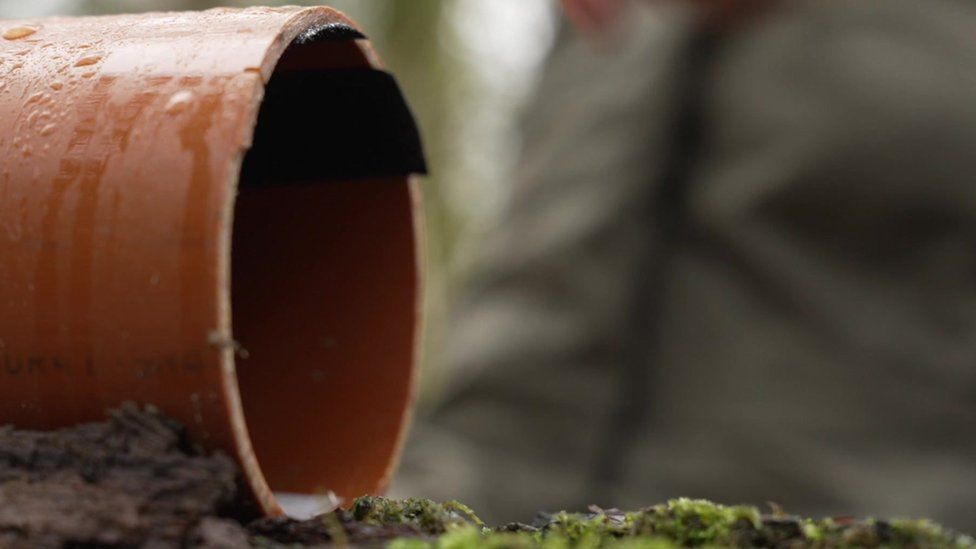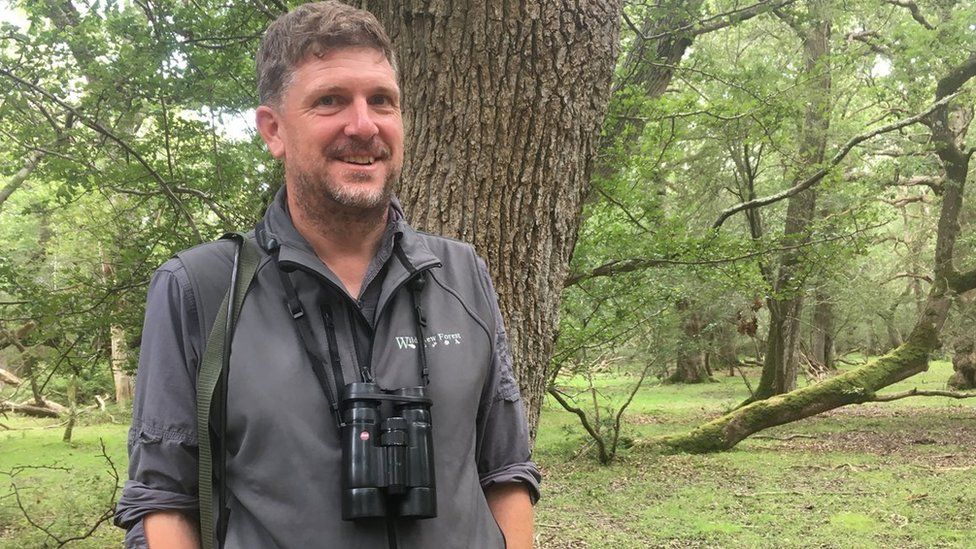
I never thought that I would write that I was ashamed to be a naturalist from Bristol. No, I have done nothing wrong but it seems I am the only actual real naturalist in the City and County (local "personalities" making videos in the hope of someone from TV seeing them I do not count).
Over five years ago I noted the number of foxes being reported as possibly poisoned. Reactions from the Bristol wildlife groups -zero. I tried to get support to push for foxes to be submitted for post mortems to identify the causes of death and the resulting support was...zero. It took me more than a year arguing, being nice and pulling a few strings and working every day into the early hours but I got foxes approved for PM study. This I announced on groups and, again, the response was zero.
In fact the biggest mistake I made was asking on those groups whether someone could check on dead foxes as they were reported -one fox after another vanished and it took a month before it was found out that taxidermists on the groups were grabbing the dead foxes. They were told these were animals possible poisoned and so wildlife crimes evidence and yet they went out there and nabbed them to stuff and sell. Even a couple of badgers listed as "possible suspicious deaths" were nabbed by taxidermists. Showing commitment to turning a blind eye to wildlife crime in order to make a profit.
The Bristol Fox Deaths Project is groundbreaking in that nowhere else in the country are foxes being submitted for PM examination and we were finding things we were not expecting -even the pathologist was surprised. When I reported back on this, again, a couple "Likes" but zero interest. Bristol is known for its foxes and here we are putting fox study back on the map and...no one in wildlife groups cared. In fact, dead fox and badger reports have 95% come via Lost and Found pet groups which should really make any group claiming to be wildlife orientated ashamed.
I reported on the 2022 and 2023 Bristol Fox and Bristol Badger Deaths Registers and...no interest.Of course drinks evenings and pretty butterfly and birds over-ride those nasty mammals.
With the number of animals killed on certain blackspots I asked for support to push for over or under road wildlife passes. A couple "Likes" and that was it and so, after months, Bristol City Council could dismiss the need for them. The wildlife deaths on those black spots continue.
As a matter for general discussion I looked at wildlife injuries and the fact that Bristol had no wildlife care centre but I noted that we needed one. On one group that got a "Good idea" and two "Likes" but then the post was removed for "campaigning" -no money was asked for and no campaign announced; wildlife health and conservation was one of the group's stated purposes but that seems to have only been for show.
To get suitable (we have criteria) foxes checked in situ and if suitable picked up and stored before transporting to the pathology centre I asked (repeatedly) for volunteers. Several responses about why they could not and that was it. Did anyone have a place they could cold store a dead fox until it could be submitted? One "maybe" and that soon died a death. We have lost at least 6 foxes to this groundbreaking work because any wildlife project needs volunteers and there are none.
Are there not many people on Bristol wildlife groups? Let's take the following as examples:
Bristol Naturalist Society 1.2kBristol Nature Network 4.5k
Bristol and Surrounding Area Wildlife 454
Magpie Bottom Nature Reserve 1.4k
Friends of Troopers Hill 2.8k
BS5 Wildlife 910
BS3 Wildlife 2.2k
BS9 Wildlife 214
BS34 Wildlife 418
BS4 1.2k
BS7 Wildlife 132
BS1 and 2 Wildlife 50
There are some smaller ones but the total above comes to 15,478 and there are not even two volunteers with transport who can check on dead foxes, badgers and otters (with foxes and otters obviously pick them up for PM study)? Do you know who the "top contributor" is on most of the above groups with lots of Face Book points (whatever they are)? Me.
Wildlife work is not about guided walks to look at trees or even count butterflies in your garden. You cannot exclude the larger mammals because of personal prejudices or sheer ignorance -some reactions to muntjac deer are almost half-witted. Foxes and badgers we know are heading for a very steep population decline and by the 2030s could be gone. Otters need conserving as best we can yet wildlife groups in Bristol show no interest and, yes, there will be a few angry comments from these but everything I have written about here is recorded on those groups and in posts. Badgers and foxes are not just there for the odd social media photo opportunity.
If you claim to be naturalists then you cannot sit back and do nothing. Watching You Tube videos or TV wildlife shows is NOT being a naturalist. There must be some other naturalists out there not afraid of the rain or cold weather and willing to actually keep things like the Fox Deaths Study going?
As it stands foxes and otters can no longer be collected and submitted for study. No volunteers So when that final post mortem report reaches me the project I have put so much into will end. It should not but it will -I am just one person. At the same time I will be leaving all of the Bristol wildlife groups and solely concentrating on my canid and felid research work and my Ashton Vale and Bristol Wildlife group on Face Book and the blog.
As no body or group has offered assistance in over five years the results of the various projects will remain private and distributed only amongst a few involved in research (which excludes Bristol). I have tried, tried and tried again over five years and I am not bitter. I am totally frustrated with the pretence of people having an interest in the ecosystem and wildlife while sat on their asses and removing posts that they do not like but fall within their group's public statement of intent.
Lack of interest in real wildlife work wins.



















